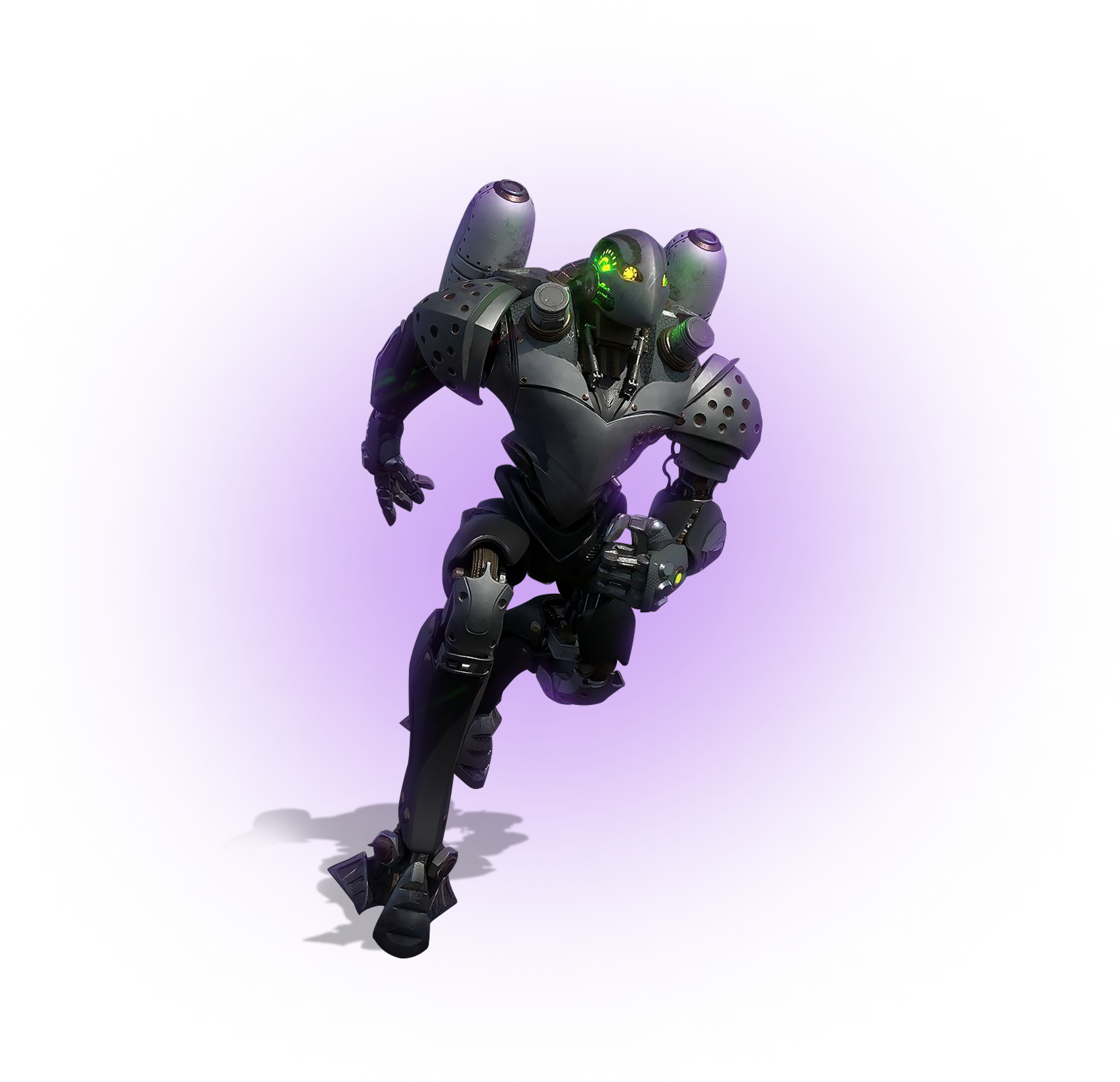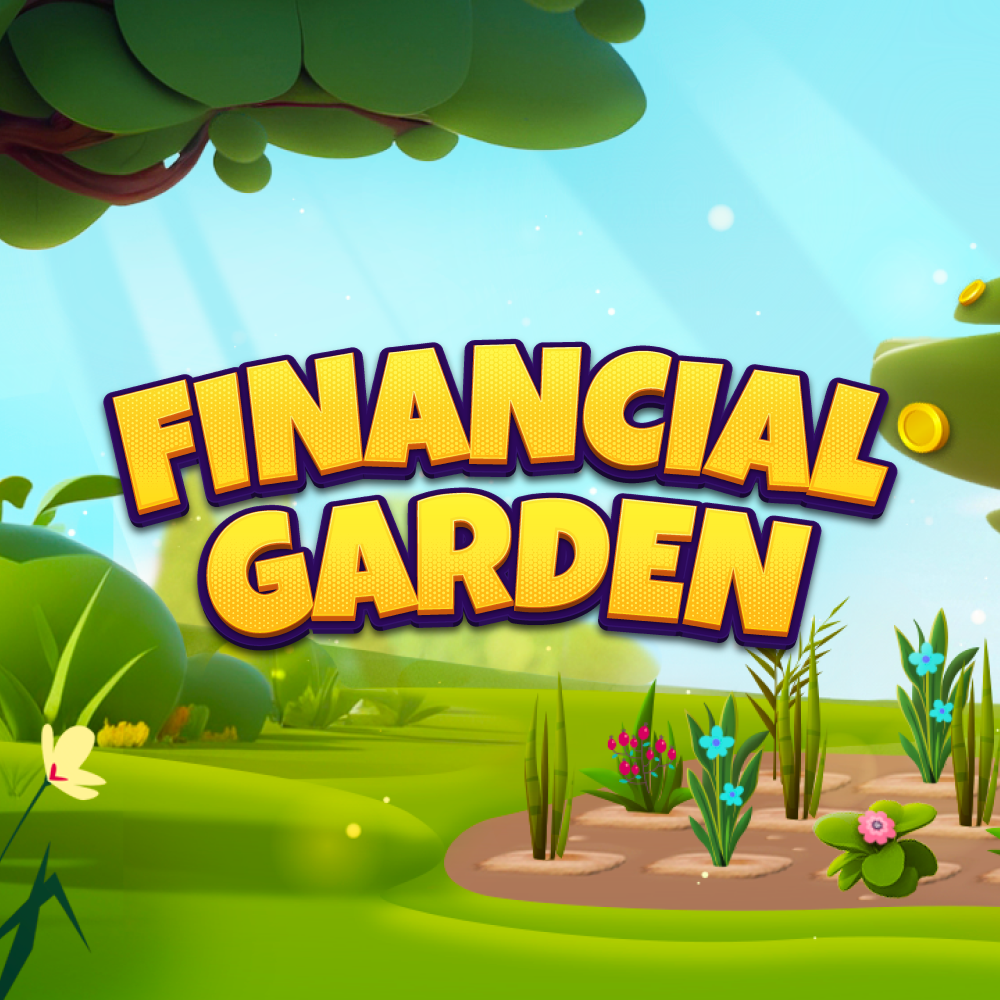Creating a successful game app requires precise planning, technical expertise, and an understanding of what keeps users engaged. Full-cycle game development brings every essential stage under one roof, ensuring that each step — design, coding, testing, and deployment — aligns seamlessly with the project’s core goals. For those wondering how to make a video game app, the path begins with defining a clear vision, target audience, and gameplay mechanics that stand out in a competitive market.
A well-structured approach allows teams to produce games that not only capture user interest but also foster lasting engagement. From concept to post-launch updates, full-cycle game development facilitates adaptability and ensures consistent quality. Focusing on these factors can drive a game app’s success, leading to high retention rates and stronger monetization.
In this guide, you’ll learn practical steps to build a game app that resonates with users and secures a leading position in app stores, all by leveraging streamlined, efficient development practices that guarantee each element works in harmony.
Diving into the Basics of Developing Game Applications
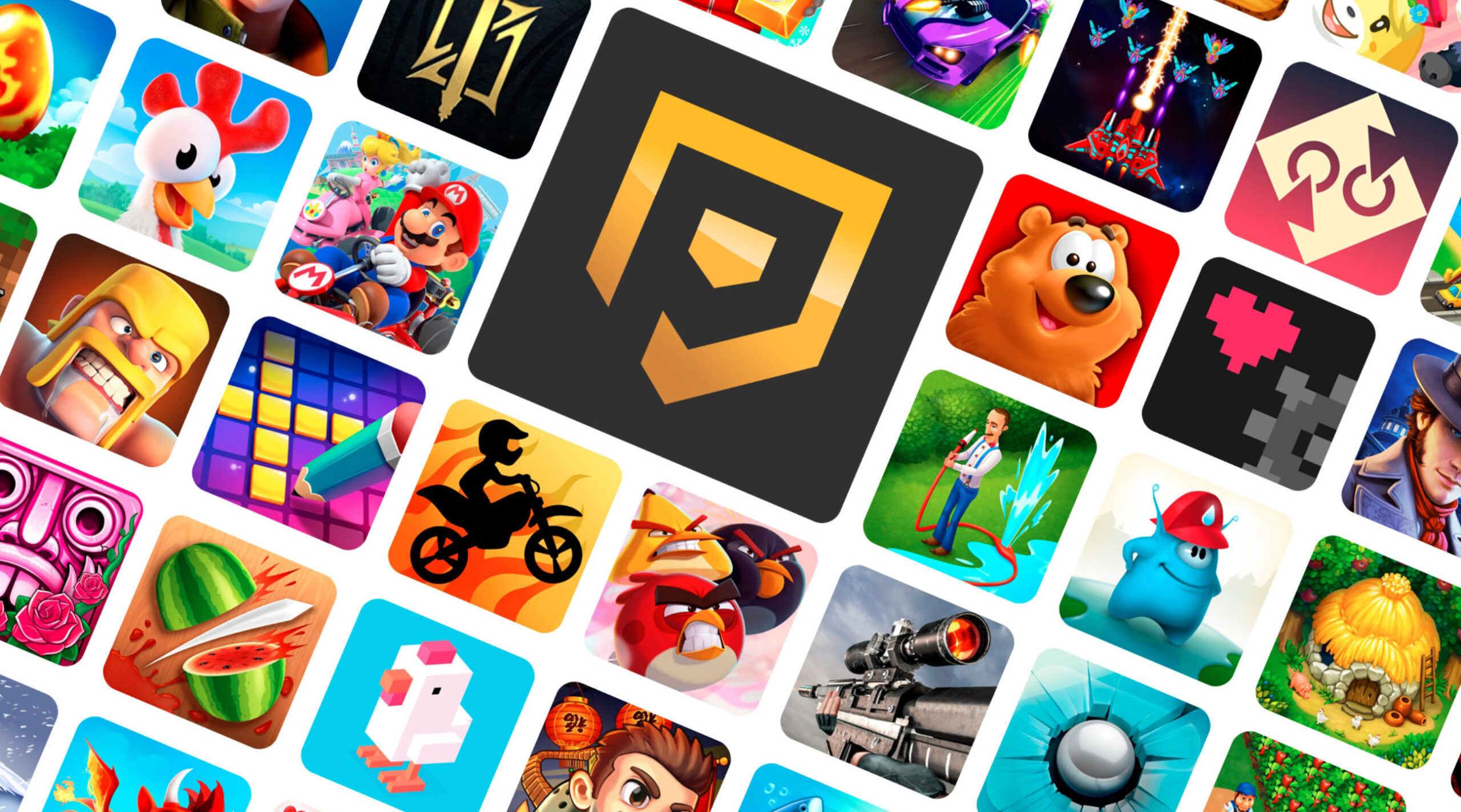
When you plan to make a profitable mobile game, everything starts with profoundly understanding its foundational elements. Learning to create a gaming app involves combining creativity with technical skill, where every aspect — from storylines and characters to gameplay flow — comes together to captivate players. To make a profitable mobile game, each step in development needs to align with user expectations, delivering an experience that is both enjoyable and monetizable. The basics lie in a structured approach that merges concept design with user-centered testing and monetization strategies, setting a solid ground for long-term growth and success.
Key Steps in How to Make a Video Game App
Starting with a clear concept, development teams should outline their goals, target audience, and unique gameplay features that will distinguish the app from others. Identifying suitable game development software for the project is critical; tools like Unity and Unreal Engine provide extensive resources for creating immersive experiences, from simple games to complex 3D environments.
After selecting software, designing engaging game mechanics ensures user engagement by offering an enjoyable and challenging experience. Game mechanics, whether through rewards, levels, or feedback loops, encourage players to keep coming back. In development, implementing a robust testing process helps in refining these elements, ensuring smooth functionality across devices and operating systems. Additionally, incorporating analytics tools supports continuous updates by tracking player behavior and preferences, which allows developers to respond to trends and user demands.
Post-launch, focusing on marketing and user acquisition is essential for a game’s profitability. Social media campaigns, app store optimization, and in-game promotions are proven tactics that reach potential players, enhance downloads, and drive long-term engagement.
The Importance of Game Mechanics and Design
Effective game mechanics and intuitive design form the core of a successful game app. To understand how to make a mobile game in Unity, developers need to grasp how design influences user experience. Unity offers extensive design features, enabling developers to create appealing graphics, optimize gameplay speed, and implement interactive elements that improve user retention. High-quality game mechanics also encourage continued play as players engage with clear objectives and rewarding progression systems.
Visual design is equally important; graphics should be engaging without overwhelming the core gameplay, while animations should flow seamlessly to avoid disrupting the player’s experience. A well-balanced interface is crucial, guiding players intuitively through options without unnecessary complexity.
Through consistent updates and improvements, developers can retain user interest while keeping the app competitive. Offering new levels, challenges, or in-app rewards based on user data keeps the game fresh and engaging. For mobile games, in-app purchases and ad options can also support revenue, provided they are introduced naturally into the game flow.
How Long Does It Take to Make a Game App — Timeline Overview
Understanding how long it takes to make a game app depends on the project’s scale, complexity, and specific features. Basic games might take just a few weeks, while feature-rich, high-graphic games often require several months of development and testing. Typically, a fully developed game app can range from three months to over a year, depending on design, coding, and post-launch maintenance. Precise planning and a structured workflow accelerate development, ensuring quality without unnecessary delays.
Factors Influencing How Long It Takes to Make a Game App
Several factors play a significant role in determining the development timeline for a game app. Each factor, from initial concept to launch, adds unique requirements that influence the time required.
Game complexity. Simple games with basic graphics require less time than complex 3D games with intricate mechanics and storylines.
Platform selection. Developing for multiple platforms, such as iOS, Android, and desktop, increases time as each platform demands different coding and optimization processes.
Team size and expertise. Larger, experienced teams can speed up production, while smaller or less experienced teams might extend timelines.
Design requirements. Games with complex art and character designs take more time due to the level of detail needed in each graphic, animation, and UI element.
Testing and quality assurance. Extensive testing is essential to ensure functionality across devices, which adds the time-based on the testing process's depth and thoroughness.
Updates and post-launch support. Continuous improvements, bug fixes, and content updates require additional time, even after the initial launch, to maintain player engagement.
Considering these influencing factors helps developers and stakeholders set realistic timelines that balance speed and quality. Each factor contributes to the overall project duration, from initial design decisions to post-launch improvements.
Recognizing these elements early can prevent unexpected delays, making the development process smooth and efficient. A clear understanding of these aspects also enables teams to adjust timelines as needed, ensuring that the final product meets both technical standards and user expectations without compromising on quality.
Different Stages in How to Make a Game App
Creating a game app involves several structured stages, each with specific tasks essential to a successful launch.
- Concept and planning. Developers outline the game’s core idea, goals, and target audience. This stage includes creating wireframes and initial designs to establish the gameplay flow.
- Design and prototyping. Initial designs transform into prototypes, giving the team a clear vision of the game’s appearance and mechanics. Prototypes help in testing gameplay concepts before committing to full-scale development.
- Development and coding. The actual coding occurs in this stage, using chosen game engines or software to build the game mechanics, characters, and environment. Each element is integrated to ensure smooth functionality.
- Testing and quality assurance. Extensive testing identifies bugs and ensures the game runs smoothly across devices. Both alpha and beta testing stages allow for user feedback, helping developers refine gameplay and fix issues.
- Launch and marketing. After testing, the game is launched on chosen platforms, with marketing efforts to attract initial users. Promotions, social media, and app store optimization enhance visibility and user acquisition.
- Post-launch updates. After release, regular updates keep users engaged, adding new content, fixing bugs, and adjusting gameplay based on user feedback.
Moving through each stage in a structured manner brings a game app from concept to completion, with every phase adding critical functionality and depth to the final product. These stages, from initial planning to ongoing updates, ensure the game meets technical and creative standards.
By addressing each stage thoroughly, developers create a seamless gaming experience that engages users long-term. This structured approach enables effective troubleshooting and continuous enhancement, keeping the game relevant in a competitive market and meeting evolving user demands.
Ready to bring your game app vision to life? Hire our mobile game developers!
Understanding Costs: How Much Does It Cost to Make a Game App?
The cost of developing a game app varies widely and is influenced by complexity, platform requirements, and design intricacy. Partnering with a mobile game development company provides expertise that aligns with budgets and goals. For those asking, “how much does a game app cost to make?”, expect a range based on features, graphics, and functionality — ensuring a captivating experience that balances cost with quality.
Breakdown of Game Development Expenses
Developing a game app requires careful budget planning across multiple phases, each contributing uniquely to a polished final product. A well-distributed budget ensures the game meets quality standards and user expectations without cutting corners.
-
Concept and design. A significant portion of the budget covers initial concept work and visual designs that establish the game’s overall look, style, and core features.
-
Coding and development. Skilled developers handle the coding and functionality, with costs influenced by the choice of game development software and the complexity of game mechanics.
-
Testing and quality assurance. Multiple testing rounds detect bugs and refine gameplay to ensure a smooth user experience across devices.
-
Platform-specific adjustments. Extra budget may be necessary for cross-platform compatibility, with tailored optimizations for iOS, Android, and other platforms.
-
Marketing and promotion. Costs also go toward user acquisition strategies like app store optimization, social media campaigns, and paid advertising.
-
Post-launch support and updates. Regular updates, bug fixes, and content additions help maintain player engagement and extend the app’s life.
Careful budgeting across these phases supports a game that is both engaging and technically sound, with a strong chance for lasting success across platforms.
Hidden Costs and Budget Overruns in How to Make a Game App
Hidden costs in game development often lead to budget overruns, especially when not anticipated in early planning. Factoring in these potential costs can prevent unwelcome financial surprises and keep the project on track.
-
Extended testing. Complex games frequently require more testing than anticipated, as multiple rounds help ensure smooth, bug-free gameplay.
-
User feedback adjustments. Unplanned changes often arise from beta testing or early feedback, requiring extra development time and resources to refine gameplay.
-
Software and asset licensing fees. Licenses for advanced tools, premium asset packs, or custom graphics sometimes add unexpected expenses, particularly for cross-platform games.
-
Platform compatibility. Cross-platform compatibility demands specific adjustments to ensure consistent gameplay across devices, adding further costs.
-
Marketing changes. Additional investments might be necessary to adapt initial campaigns based on market response or audience feedback.
Preparing for these hidden costs allows the development team to stay adaptable, reducing financial strain and keeping the project timeline realistic. With a flexible budget in place, teams are well-equipped to deliver a high-quality game that meets both player expectations and market demands.
What Makes a Successful Game App: Tips to Follow
A successful game app balances engaging features with a seamless user experience. Attention to specific elements can create an app that attracts and retains users effectively:
- Audience analysis. Insights into the target demographic enable developers to align gameplay and features with user preferences.
- Unique gameplay mechanics. A distinct approach to game mechanics makes the experience memorable and helps the app stand out.
- User-friendly interface. Clear, intuitive navigation keeps users engaged, ensuring easy access to all game features.
- Regular updates. Fresh content, bug fixes, and performance improvements sustain player interest and adapt the game to user feedback.
- Effective monetization. Well-integrated in-app purchases or ads enhance profitability without disrupting gameplay.
Each of these elements contributes to a game app that remains competitive, providing a consistently rewarding experience for players.
Popular Trends in How to Make a Video Game App
Trends in game development shape the market, helping developers create apps that meet modern player expectations. Key trends for both Android game development and iOS game development continue to evolve, enhancing user engagement and gameplay experiences:
- Cross-platform compatibility. Games that function smoothly on both Android and iOS devices reach a wider audience, meeting users on their preferred devices.
- Augmented reality (AR) features. Immersive AR elements bring an added layer to the gameplay, allowing users to interact with digital components in real-world environments.
- Social sharing options. Options for sharing achievements or connecting with friends foster a community feeling, often encouraging more organic growth.
- Microtransaction-based revenue models. In-game purchases provide a steady revenue stream and often increase user engagement without high upfront costs.
- In-game events and seasonal content. Frequent, time-limited events keep gameplay fresh, motivating users to return for exclusive rewards or challenges.
Developers ensure that their apps meet the current market's expectations by embracing these trends. Adjustments based on user feedback may boost engagement and retention rates, ensuring that the app continues to be relevant and engaging for many users. For more advanced mobile production and platform-specific expertise, you can also hire iOS game developers to integrate these trends effectively.
Examples of Successful Game Apps
Successful game apps provide valuable lessons in how to create a game app and make money. Observing these examples offers practical insights for developing engaging, profitable games that appeal to a broad audience:
Candy Crush Saga

A classic in the match-three genre, attracting users with easy gameplay and offers in-app purchases for boosters and lives to enhance user retention. Its colorful design and progressive level variety keep players hooked and coming back.
Among Us

Known for its social aspect, this multiplayer mobile game brings friends together in an engaging social experience that encourages casual play and competition. Suspenseful roles and spontaneous interactions make it a hit for group play.
Pokémon GO
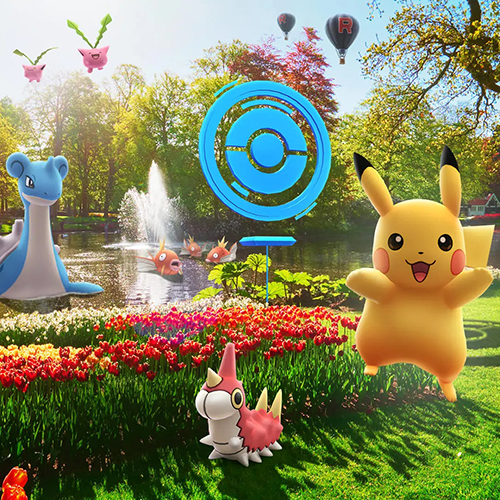
An early success in AR gaming, blending the virtual world with physical exploration by letting users catch Pokémon in real-world locations. Frequent events and updates keep players engaged and encourage continued exploration.
PUBG Mobile

Popular among battle royale fans, offering a competitive experience with options for cosmetic upgrades and in-game purchases that maintain balance. Seasonal content and frequent updates provide a dynamic and fresh gaming environment.
Clash of Clans
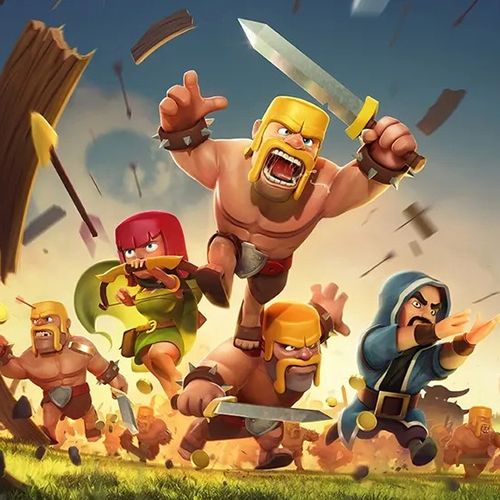
A well-known strategy game, building a strong player community through clans and competitive gameplay, encouraging in-app purchases. Clan-based events and strategic elements foster loyalty and long-term commitment among players.
Observing these successful examples highlights effective strategies in gameplay, monetization, and user retention. Developers can apply these proven approaches to create appealing and financially successful game apps that stand out in a competitive market.
Final Considerations for Building a Game App that Lasts
A game app built for lasting appeal relies on more than an engaging launch. Strong attention to user retention, adaptability, and regular updates support its longevity in a competitive market. Player needs often shift, requiring features that adjust to new trends and evolving expectations. Collaboration with experienced Roblox game developers can help introduce innovative features and maintain a seamless user experience. Continuous improvements, enhanced performance, and fresh content ensure the app remains relevant and appealing to new users and long-term players.
Post-launch Support and Updates in How to Make a Game App
Launching a game app signifies the start of its growth journey, with post-launch support playing a central role in retaining player interest and meeting expectations. Each update provides an opportunity to refine gameplay, respond to feedback, and build a more robust app.
- Bug fixes and performance optimization. Any overlooked issues from the initial release get resolved through regular fixes, maintaining smooth gameplay across all devices.
- New content releases. Adding fresh content, such as new levels, characters, or quests, injects novelty into the gameplay, drawing both loyal and returning users.
- Event-based updates. Limited-time events or seasonal content, such as holiday-themed items, introduce special features that attract players seeking unique experiences.
- User feedback integration. Input from players allows developers to identify improvements, helping shape future updates to align with user needs.
- Platform-specific adjustments. Enhancements tailored to Android, iOS, or other platforms maintain compatibility, ensuring an optimized experience for users on each device.
A focus on these post-launch elements reinforces the game’s relevance and enriches the player experience over time. Regular updates, aligned with user feedback, enhance satisfaction and contribute to the game’s long-term success. Ultimately, if you want to make a cross-platform game, this initiative requires a lot of post-launch maintenance, but it’s worth it.
Expanding Your Game App’s Potential Through Monetization Strategies
A sustainable game app requires a well-planned monetization approach that enhances user experience without compromising gameplay. In-app purchases represent one compelling option, allowing players to buy optional items like character customization options or power-ups, which add value for those seeking to enhance their gameplay. Ad-based revenue models contribute to financial sustainability incredibly when integrated thoughtfully, such as through rewarded ads that offer in-game bonuses without frustrating users.
Another successful approach includes subscription models, where players can pay monthly or annually to unlock exclusive features that deepen the gaming experience for dedicated users. For those seeking a one-time purchase, a premium version upgrade provides an ad-free, streamlined gameplay option, appealing to players who value uninterrupted experiences. Seasonal or battle passes add another layer of engagement, offering time-limited access to exclusive content and rewards, which motivates regular play and builds recurring revenue.
These monetization strategies cater to different player preferences, maintaining accessibility while ensuring the game’s long-term profitability. An adaptable approach to monetization strengthens the game’s appeal and solidifies its financial foundation, meeting the needs of both casual and committed players in the competitive market.
Build a Successful Game App with Game-Ace
Working with Game-Ace means more than just developing a game — it’s about crafting an experience that resonates with players and stands out in the market. As a custom game development company, Game-Ace tailors each project to your vision, ensuring that every aspect, from the initial concept to post-launch support, aligns with the highest standards of quality and player engagement. Our team brings deep expertise in mobile, AR, VR, and cross-platform development, adapting to unique project needs while staying attuned to industry trends.
Each game we create is designed to captivate users through refined gameplay mechanics, visually striking graphics, and seamless performance across devices. We understand that building a successful game goes beyond technical execution — it involves translating your ideas into immersive experiences that players will remember. Ready to start? Feel free to contact us and bring your game concept to life with Game-Ace.
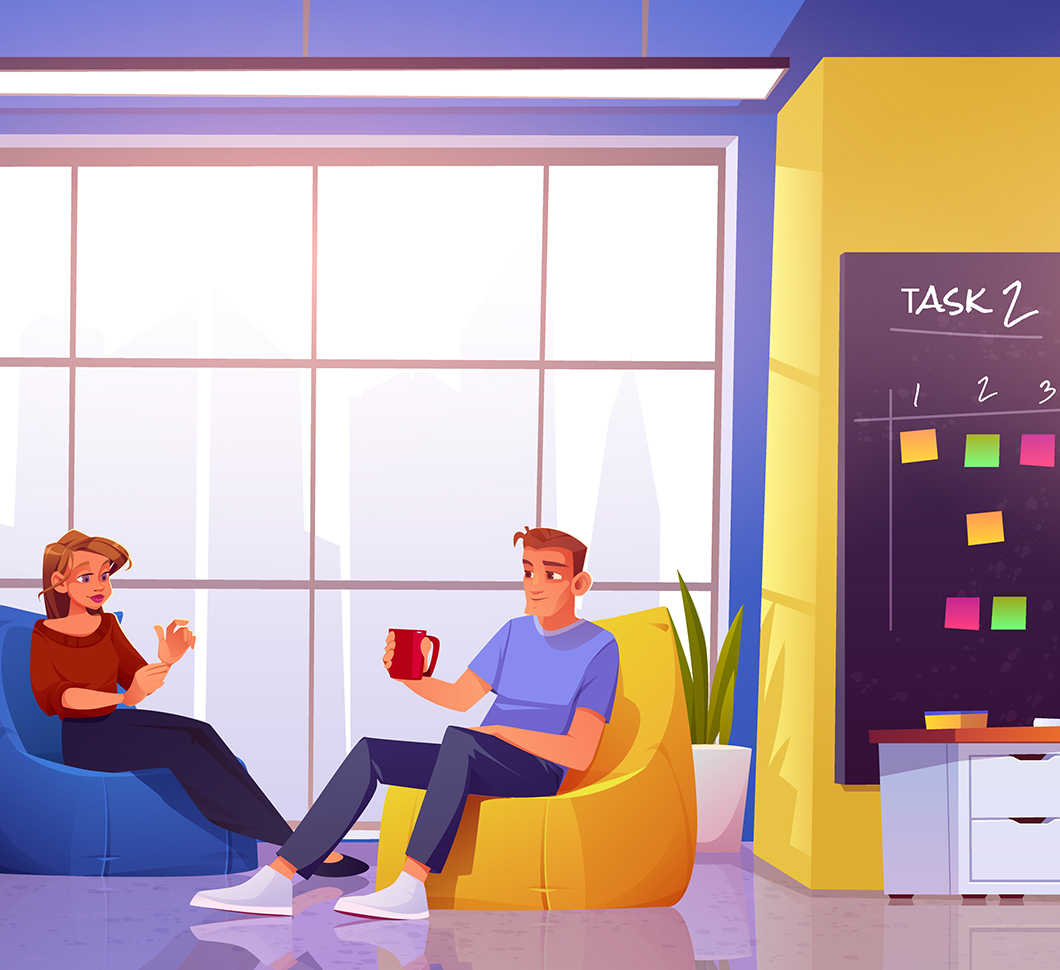 Key Trends Shaping Gamification in Recruitment for 2026 and Beyond
Key Trends Shaping Gamification in Recruitment for 2026 and Beyond  How to Create Crypto Casino Games the Right Way
How to Create Crypto Casino Games the Right Way  AI Recruitment Games: From Real-Time Assessments to Better Hiring Outcomes
AI Recruitment Games: From Real-Time Assessments to Better Hiring Outcomes  Games for Business: Proven Strategies for Engagement and Growth
Games for Business: Proven Strategies for Engagement and Growth  How to Design Learning Games for Kids That Teach Real-World Skills
How to Design Learning Games for Kids That Teach Real-World Skills 